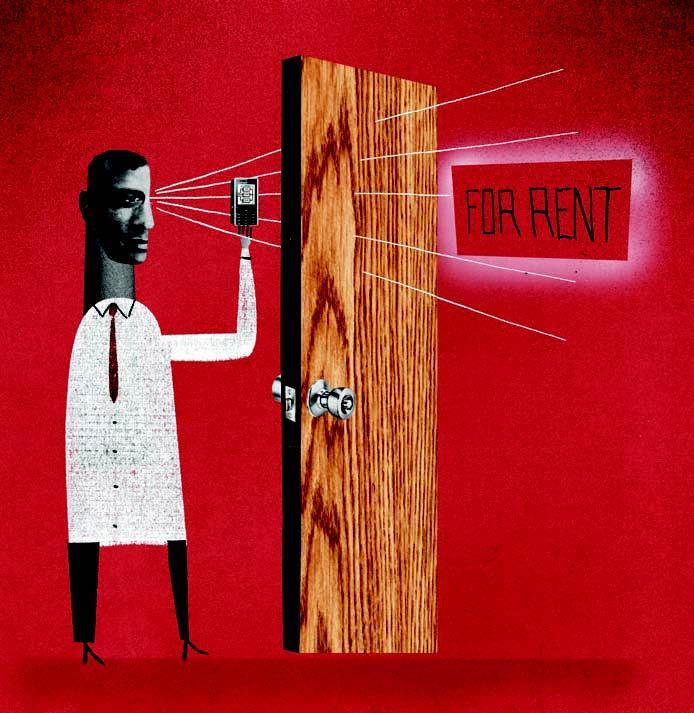Beware: Your cell phone knows where you are. GPS-enabled smart phones and cell tower triangulation have put mobile devices on the map, literally, and the functionality of systems and applications delivered to mobile devices based on pinpoint geographic location—known as “location awareness”—is about to explode. Possibilities for advertising—a text message coupon for $1.00 off a pound of Sumatra Gold just as you’re approaching a Starbucks or a Bud Light pop-up ad while you’re in line for beers at the game—will likely consume the first wave of location awareness. But applications for multifamily, both on the resident and operations side, are in the offing and could further redefine job roles and information availability at the site level. Throw in augmented reality—the use of camera technology to identify objects and offer layered, scroll-over information (think video and hyperlinked pop-ups) on mobile screens—and it looks like things are about to get really interesting when it comes to apartment technology.
“The need for the immediacy of data is one of the macro trends sweeping through the multifamily world right now,” says Larry Cotter, president of Austin, Texas-based Internet listing service (ILS) Apartment Home Living, a division of Chicago-based Apartments.com. In September, Apartment Home Living launched V3 video guides for apartment communities in the top 40 U.S. markets. Using graphic overlays activated by users clicking within a running video, V3 technology allows renters to roll over items to reveal details including floor plans, rent ranges, apartment amenities, current specials, contact information, and more.
To date, Apartment Home Living has kept the V3 focus almost entirely on the YouTube platform, which has about 90 percent of the online video market share, Cotter says. Up next is an even more concerted effort to get V3- enabled video guides into apartment hunters’ hands via cell. “We are really excited about mobile,” Cotter says. “The ability to provide multilayered, multimedia information on our communities out there to someone who is just driving down the road is exciting. The mobile phone can really provide all of the apartment information you need: availability, office hours, specials, and pet policies. But there are a lot of different technologies at play.”
Location awareness promises to deliver those technologies—whether voice, video, data, or Web-enabled—to user audiences in fixed locations, typically leveraging Bluetooth and other localized personal area network protocols. For multifamily, the marketing upshot alone makes for a tantalizing tech proposition.
“Take a UDR apartment location in the Fillmore district of San Francisco,” says Steve Taraborelli, vice president of marketing at Denver-based UDR. “We can target audiences leaving work within a quarter-mile radius of that apartment location, pick a time when you want the message to go out, say 5:00 p.m., and offer those prospects leaving work an apartment discount via their mobile device.”
Advances in providing ’Net-enabled mapping data could further help multifamily operators refine the geographic parameters for delivering data to localized audiences via location awareness-enabled mobile protocols. Norwich, Vt.-based Maponics, for example, has developed “cultural” mapping tools that provide contextual content overlays to traditional digital cartography, integrating street-level data that better defines neighborhoods as theater or entertainment districts versus, say, industrial zones.
“One dimensional and static mapping applications are already behind the curve of the end game in providing a user experience that leads to some type of transaction,” says Maponics CEO Darren Clement. “Too often, mobile applications are just doing distance-based searches like ‘get me everything within 2 miles.’ Well, 2 miles north might put you in skid row, and 2 miles south might put you in Beverly Hills. Applications are moving away from traditional radius-based searches and distance-based searches to include additional levels of intelligence.”
Better Than the Real Thing
That intelligence comes via augmented reality, whereby built-in mobile device digital cameras capture live images and integrate layers of graphic data into the on-screen image similar to V3 video technology. The technology allows mobile users to point their cell phone at a building and interact with the building virtually via their mobile device.
